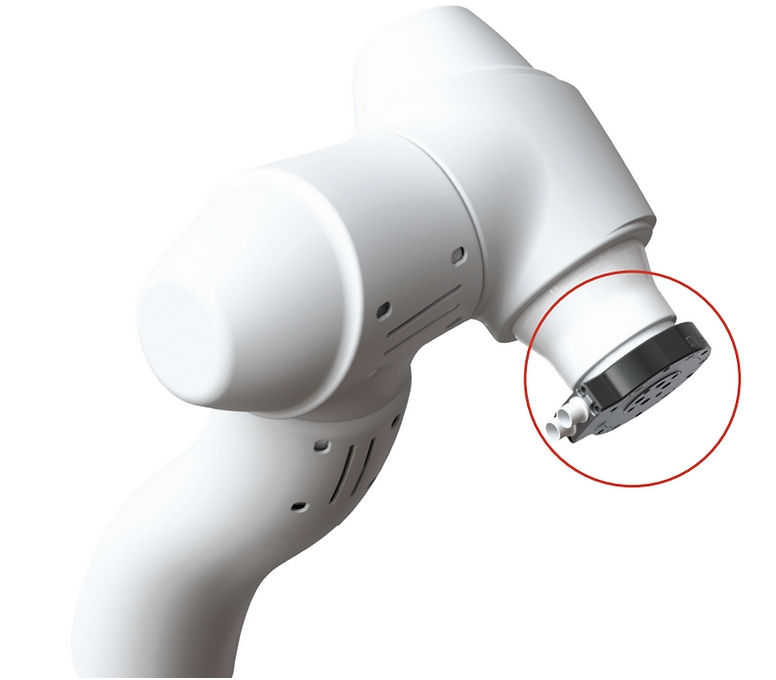Design and validation of a wearable dynamometry system for knee extension-flexion torque measurement
- yjpark89
- Aug 13, 2024
- 2 min read

Abstract
Muscle strength assessments are vital in rehabilitation, orthopedics, and sports medicine. However, current methods used in clinical settings, such as manual muscle testing and hand-held dynamometers, often lack reliability, and isokinetic dynamometers (IKD), while reliable, are not easily portable. The aim of this study was to design and validate a wearable dynamometry system with high accessibility, accuracy, and reliability, and to validate the device. Therefore, we designed a wearable dynamometry system (WDS) equipped with knee joint torque sensors. To validate this WDS, we measured knee extension and flexion strength in 39 healthy adults using both the IKD and WDS. Comparing maximal isometric torque measurements, WDS and IKD showed strong correlation and good reliability for extension (Pearson’s r: 0.900; intraclass correlation coefficient [ICC]: 0.893; standard error of measurement [SEM]: 9.85%; minimal detectable change [MDC]: 27.31%) and flexion (Pearson’s r: 0.870; ICC: 0.857; SEM: 11.93%; MDC: 33.07%). WDS demonstrated excellent inter-rater (Pearson’s r: 0.990; ICC: 0.993; SEM: 4.05%) and test–retest (Pearson’s r: 0.970; ICC: 0.984; SEM: 6.15%) reliability during extension/flexion. User feedback from 35 participants, including healthcare professionals, underscores WDS's positive user experience and clinical potential. The proposed WDS is a suitable alternative to IKD, providing high accuracy, reliability, and potentially greater accessibility.
Results
In this study, the inter-rater and test–retest reliabilities of knee flexion and extension strength measurements were assessed in 39 healthy adults. Each participant underwent two individual evaluation sessions for intersession reliability conducted by two independent raters for both knees, resulting in 312 measurements for extension and flexion for each device (a wearable dynamometry system [WDS] and the IKD).
The cross-validation results for the WDS and IKD are presented in Table 1. The maximum extension and flexion torques measured using the WDS and IKD showed a strong correlation (Pearson’s r: 0.900 in extension; Pearson’s r: 0.870 in flexion). The maximal strength measured with the WDS and IKD revealed no statistically significant differences in both extension (mean difference: − 2.00 Nm; 95% CI − 13.75 to 9.74 Nm; p-value: 0.955) and flexion (mean difference: 4.54 Nm; 95% CI − 0.97 to 10.06 Nm; p-value: 0.758). The intraclass correlation coefficient (ICC) between the two devices was 0.893 for extension and 0.857 for flexion, indicating excellent reliability. The standard error of measurement (SEM) for extension and flexion was 17.12 Nm (9.85%) and 9.31 Nm (11.93%), respectively, and the minimal detectable change (MDC) at 95% confidence interval (CI) for extension and flexion was 47.47 Nm (27.31%) and 25.81 Nm (33.07%), respectively. The linear relationship and Bland–Altman analysis between the measurements taken with the two devices are demonstrated in Fig. 1. The measurements of extension and flexion strength by the two devices exhibited strong linearity (Fig. 1a and c). The mean difference between the extension strength measurements of the two devices was -2.00 Nm, with most differences falling within the 95% limits of agreement (LOA range: − 49.53 to 45.52 Nm) (Fig. 1c). The mean difference in flexion strength measurements between the two devices was 4.55 Nm, indicating a higher bias for the measurements using WDS; however, most differences remained within the 95% limits of agreement (LOA range: -19.99 to 29.08 Nm) (Fig. 1d).
[Related Link] https://www.nature.com/articles/s41598-024-60985-9



Comments